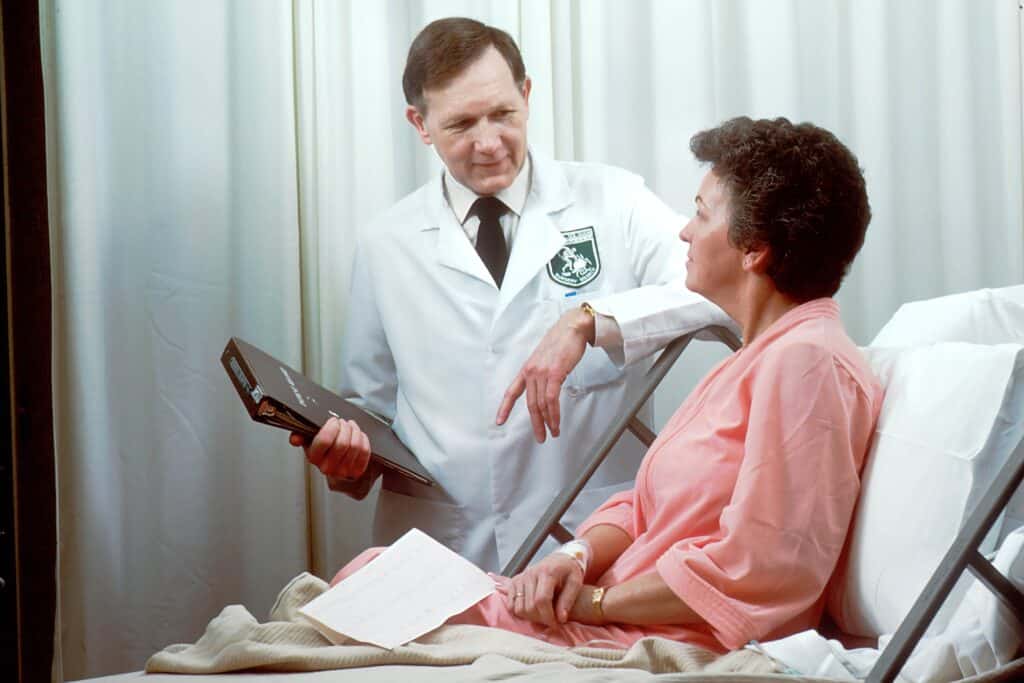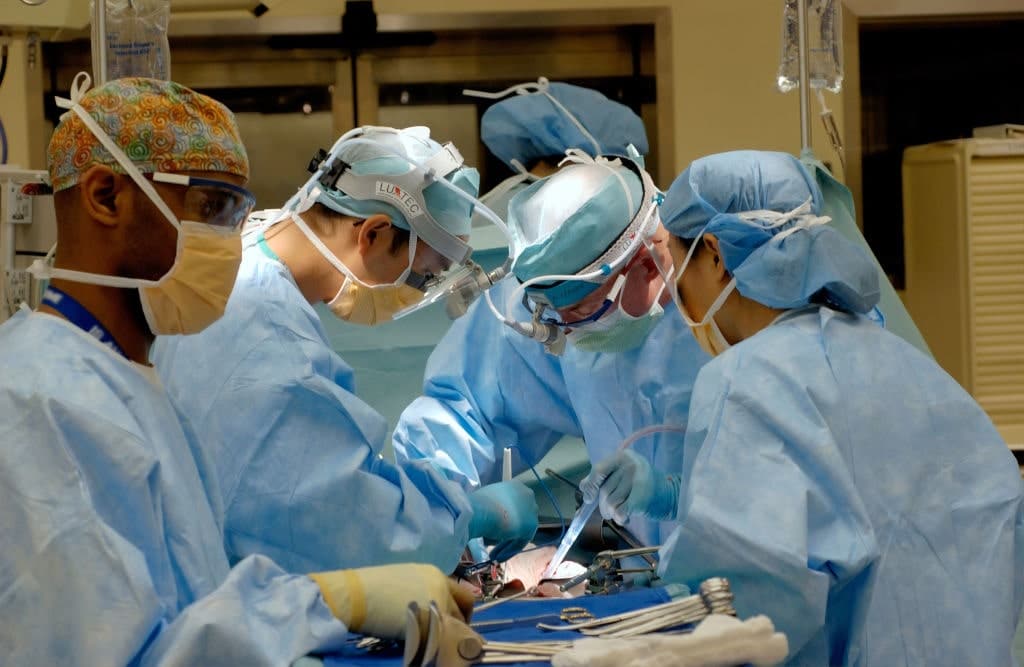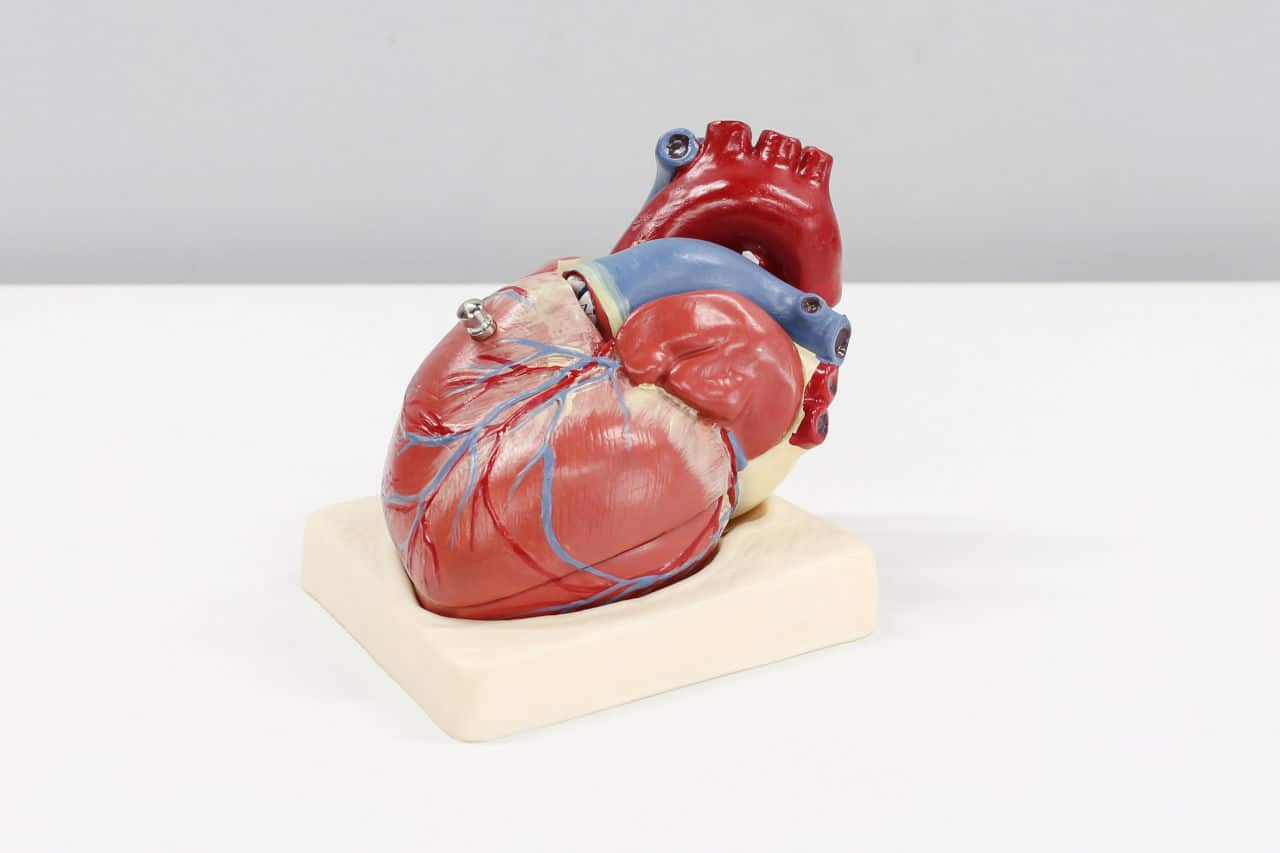The function of valves is to allow the smooth passage of enriched blood through the chambers of the heart. When the blood has passed, the valve is supposed to close. However, diseased heart valves work differently. Artificial heart valves are used to replace faulty valves.
In the case of leaky valves, the valves do not close properly. When they don’t close, they allow the blood to flow backward. With this, less blood is pumped in the right direction. This process is called regurgitation.
Another case of heart valve dysfunction is called stenosis. It occurs when one or more valves become narrow and stiff. That means the heart muscles have to work harder to pump blood. Such can either be caused by infection or aging.
Valvular heart diseases are hazardous, as any issue with the heart is likely to be. Typically, when a valve becomes faulty to the point of no repair, there is an immediate need for valve replacement surgery. Here is where an artificial heart valve comes in.
What Does Valve Replacement Surgery Involve?
Valve replacement surgery involves switching the faulty valves with replacement valves.
Replacement valves are the next best thing for persons with totally damaged valves. There are two types of replacement valves: mechanical and biological.
Mechanical valves are made with artificial components like polyester or carbon. They are made to perform the same function as the natural heart valves. These can last a lifetime. However, they carry a significant disadvantage with them. Those who receive mechanical heart valves must take blood thinner medication all their lives to reduce stroke risks.
Unlike mechanical valves, biological valves don’t pose a considerable risk. One will not have to commit to such medication, but it’s not as durable.
Biological valves, as their names give off, are made with human or animal tissue. It could be a homograft made from a donor’s heart, a porcine valve from pig tissue, or a bovine valve from cow tissue that connects your heart with silicone rubber. They last 15 to 20 years.
The recommendation of either of these replacement valves depends on a number of conditions. They include the patient’s age, overall health, the extent of disease, and ability to take anticoagulant medication.
When there’s been an agreement between the doctor and the patient, valve replacement surgery will be carried out.

More on Valve Replacement Surgery
There are four types. There’s the aortic, mitral, double valve, and pulmonary valve replacement surgery. In all, these surgeries have a high five–year survival rate.
According to a medical journal by the American College of Cardiology, aortic valve replacement surgery (AVR) has a 94.6% five-year survival rate.
Apart from the survival rate, the surgery itself is not all intense.
The valve replacement surgery is done with the patient under anesthesia. It can either be done in conventional or minimally invasive ways. In traditional surgery, a big incision(cut) is made from the patient’s neck to the navel. In a minimally invasive surgery, the incision length is shorter. Also, it has a lower risk of infection.
For the surgery to occur, the cardiologist must stop one’s heart. They will use a bypass machine for blood circulation during this time. The surgeon would make incisions in the aorta to remove the faulty valve(s) and replace them with artificial heart valve(s).
Though this surgery has some risks and complications, ranging from minor to major, it’s generally safe. Heart surgery’s survival rate is high, and the risk of death is low. According to a medical publication from the National Centre for Biotechnology Information, a year’s sudden death rate is 1.8%.
Hence, complications and death during or after these surgeries usually show negligence on either the doctor’s or the valve manufacturer’s part. In such cases, the situation is given to a court to decide. The job of legal animation is to illuminate the topic for the jury and court.
Complications That Arises With Artificial Heart Valves
Various complications can occur when it comes to heart surgeries – heart valve replacement surgery, in particular.
A common risk is a blood clot. A clot is likely to cause heart attacks, stroke, or lung problems. Usually, mechanical valve replacement patients suffer from this naturally. However, this could also happen due to medical negligence.
Case Reference 1
For example, there was a similar incident in the case of Peabody v. Manchac.
The plaintiff filed a medical malpractice claim against the defendants, the doctor, and the hospital. Their now late, active 44-year-old relative had lived with a bioprosthetic aortic valve for nine years. He developed pneumonia suddenly but was treated for it. He soon started to complain about epigastric fullness. His physician referred him to the defendant, the cardiologist.
An endoscopy was conducted, and she suspected valvular dysfunction and bacterial endocarditis. Four days later, the doctor carried out a TEE. They made a report saying that he needed to have an immediate aortic valve replacement and they would call the cardiovascular surgeon later. He was released from the hospital that same day.
Three days later, he was referred to an infectious disease doctor. The doctor diagnosed him and recommended a valve replacement surgery take place 30 days after she completed the course of antibiotics. Two days later, he collapsed, and the autopsy reported that he died from aortic valve complications. A calcified thrombus (blood clot) was blocking his prosthetic valve.
Immediate action and closer inspection by the doctors would’ve saved his life. Take notice of the fact that pneumonia is another risk of valve replacement.

Case Reference 2 & 3
Another risk is bleeding. Bleeding could occur during or after surgery. In the case of Garcia v. Edgewater Hospital, blood loss led to the death of the plaintiff’s wife. Her heart surgery was lengthened because the prosthetic valve was defective. Therefore, it had to be replaced.
She died from blood loss in the midst of it all. Both the manufacturing company and the doctors were to blame.
Heart failure is also a considerable risk. If the artificial valve is defective, this is bound to occur. In the case of Lamere v. St. Jude Medical Inc, he died right after a successful valve replacement surgery because of a defective artificial valve.
Other possible risks include pancreatitis, breathing problems, arrhythmia, defective artificial valve(as seen above), and death.
How Legal Animation Illustrates Artificial Heart Valves Surgery
Artificial heart valves help to improve life expectancy and prevent death. They are a perfect solution to escape heart failure. The surgery comes with a high survival rate.
Then, imagine paying lots of money to escape death, only to die afterward because of the negligence of one or two people. It’s disheartening, and the victims’ families deserve reparations for their emotional and financial stress. One good way to ensure this is through legal animation.
The animation helps give life to the case as medical cases come with medical jargon and many complex proceedings.
The attorney can provide illustrations to show the difference between a working heart valve and a valve ridden with stenosis or a leaky valve. This action helps the jury to understand the initial problem with the patient.
The attorney can also display legal animation of defective artificial heart valves – since this is a common issue with this surgery.
The animation can further show some cases where the defective valves are fractured and filtered into the blood. It sometimes goes to the brain, causing bleeding.
This animation will enable the jury to see that defective valves can cause other forms of harm than heart failure.
In medical malpractice cases during surgery, the animation help displays the surgeon’s exact errors on the table that led to the patient’s death or any other complications. The attorney can illustrate the numerous difficulties and complications that arose from the error.
Conclusion
With every use of animation in a case of an artificial heart valve, the most important thing is to get the demonstrative exhibit to accurately depict the incident. At Fox-AE, we pride ourselves in creating demonstrative exhibits that accurately depict the facts of the case as well as the opinions of the expert witnesses.
We work closely with expert witnesses and attorneys during our production process to ensure we miss out on no detail.






